The white-tailed deer, with its iconic flash of a raised tail and graceful leaping gait, has become an emblem of North American wildlife. From dense woods to suburban backyards, these creatures have adapted and thrived, becoming America’s most abundant wild mammal. But how did these agile creatures achieve such success, and what role have humans played in their proliferation?
The Historical Roots of the White-Tailed Deer

The white-tailed deer has a deep-rooted history in North America, extending back over four million years. These mammals survived prehistoric shifts in climate and landscape, demonstrating a remarkable ability to adapt. Indigenous cultures respected the deer for its sustenance, using nearly every part of the animal for food, clothing, and tools. The deer played a crucial role in the ecosystem as prey for larger predators and as a consumer of vegetation.
The Impact of European Settlement
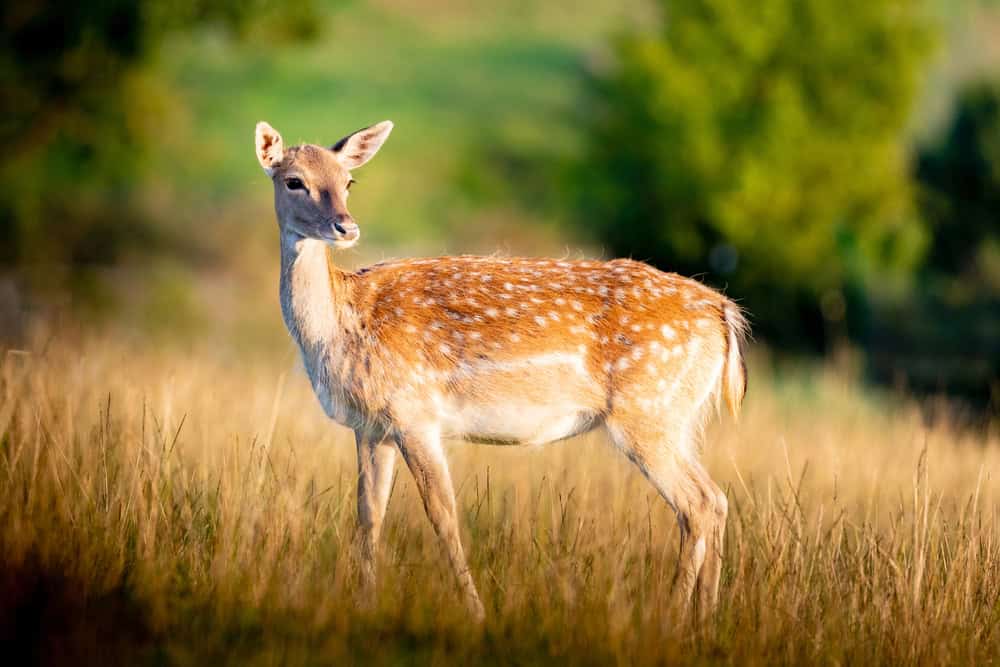
The arrival of European settlers dramatically altered the landscape and the ecological balance of North America. Forests were cleared for agriculture and infrastructure development, which initially led to a decline in deer populations due to habitat loss and unregulated hunting. However, this also set the stage for later recovery by creating new habitats in the form of edge environments—transitional zones between forests and open areas, which are ideal for deer.
Legal Protections and Conservation Efforts

By the late 19th century, overhunting had significantly reduced deer populations. In response, conservation movements led to the implementation of hunting regulations and the establishment of wildlife refuges. Government policies and the creation of organizations like the U.S. Forest Service helped protect natural habitats, allowing deer populations to recover.
The Role of Reforestation

During the 20th century, reforestation efforts restored large swathes of previous woodlands, providing ample habitat for the white-tailed deer. The return of trees meant more food sources and shelters, encouraging growth in deer numbers. This recovery was so effective that some areas saw exponential increases in deer populations.
Adaptive Diet and Feeding Habits
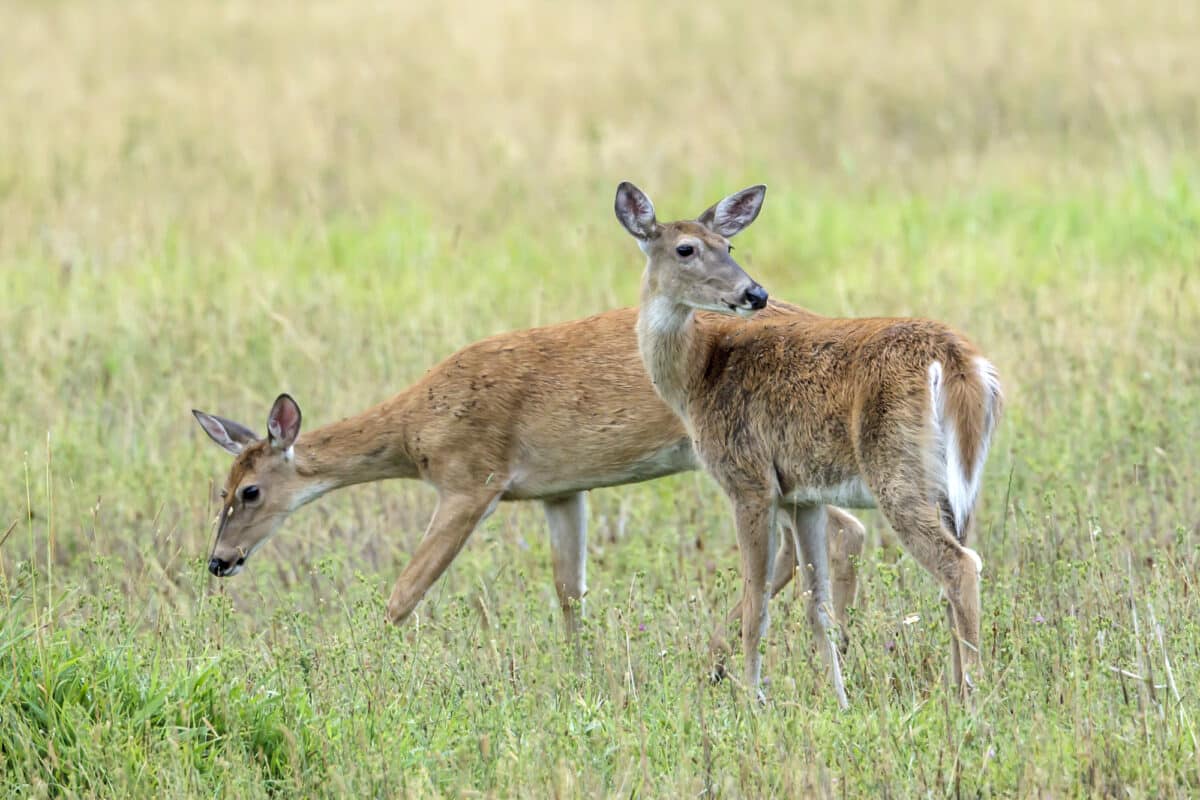
White-tailed deer are herbivores with a diverse and adaptable diet. They feed on leaves, buds, fruits, and nuts, adjusting their diet to seasonal availability. This dietary flexibility allows them to thrive across a variety of habitats, from forests to farmland to suburban neighborhoods.
The Absence of Natural Predators

Historically, predators such as wolves and cougars kept deer populations in check. However, human expansion reduced these predators’ ranges, leaving fewer natural threats to deer. The absence of these predators allowed deer populations to grow unchecked, particularly in suburban and rural areas.
Reproductive Success and Lifecycle

White-tailed deer are prolific breeders. Females usually give birth to one to three fawns each year, and in optimal conditions, populations can double within a year. Their high reproductive rate has been a key factor in their population growth and sustainability.
Thriving in Suburban Landscapes

Deer have adapted remarkably well to suburban sprawl. With abundant gardens, parks, and wooded lots, suburban areas often provide plentiful food and few predators. This has led to an increase in deer-human interactions, with deer often viewed as both a charming presence and a nuisance.
Ecosystem Engineers: Impact on Vegetation
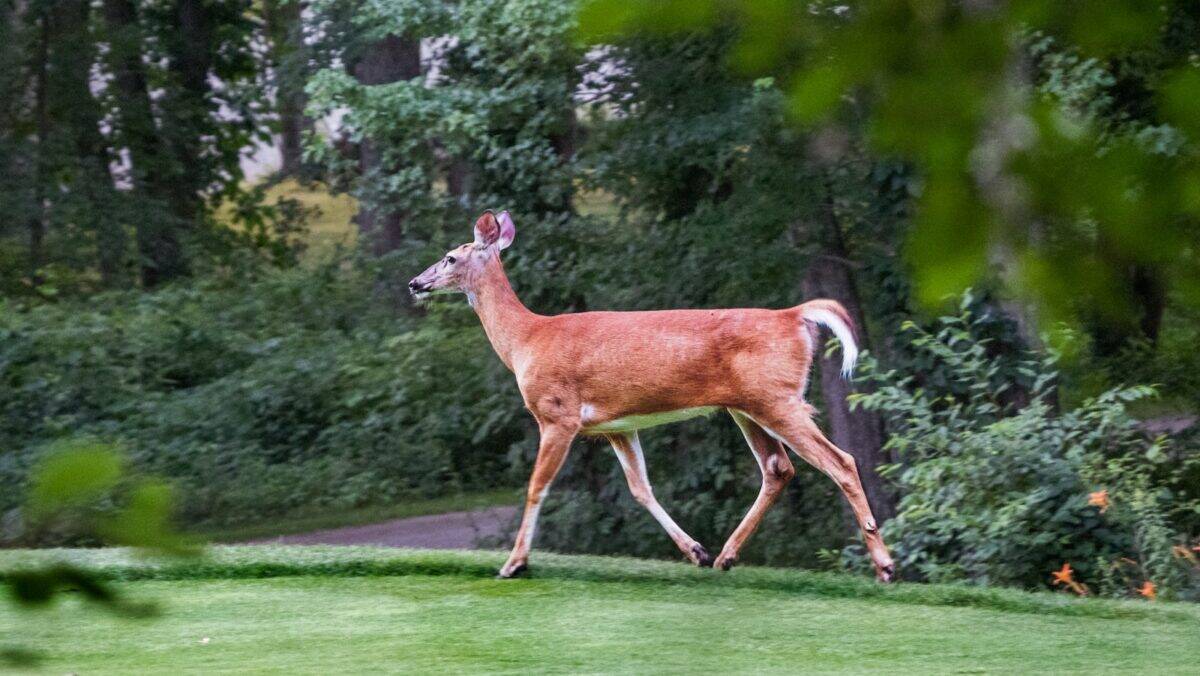
While deer are often appreciated for their beauty, their increasing numbers can have adverse ecological impacts. Overgrazing by large deer populations can lead to reduced plant diversity and the decline of certain tree species, affecting overall forest health and the habitat for other species.
Deer and Public Health Concerns
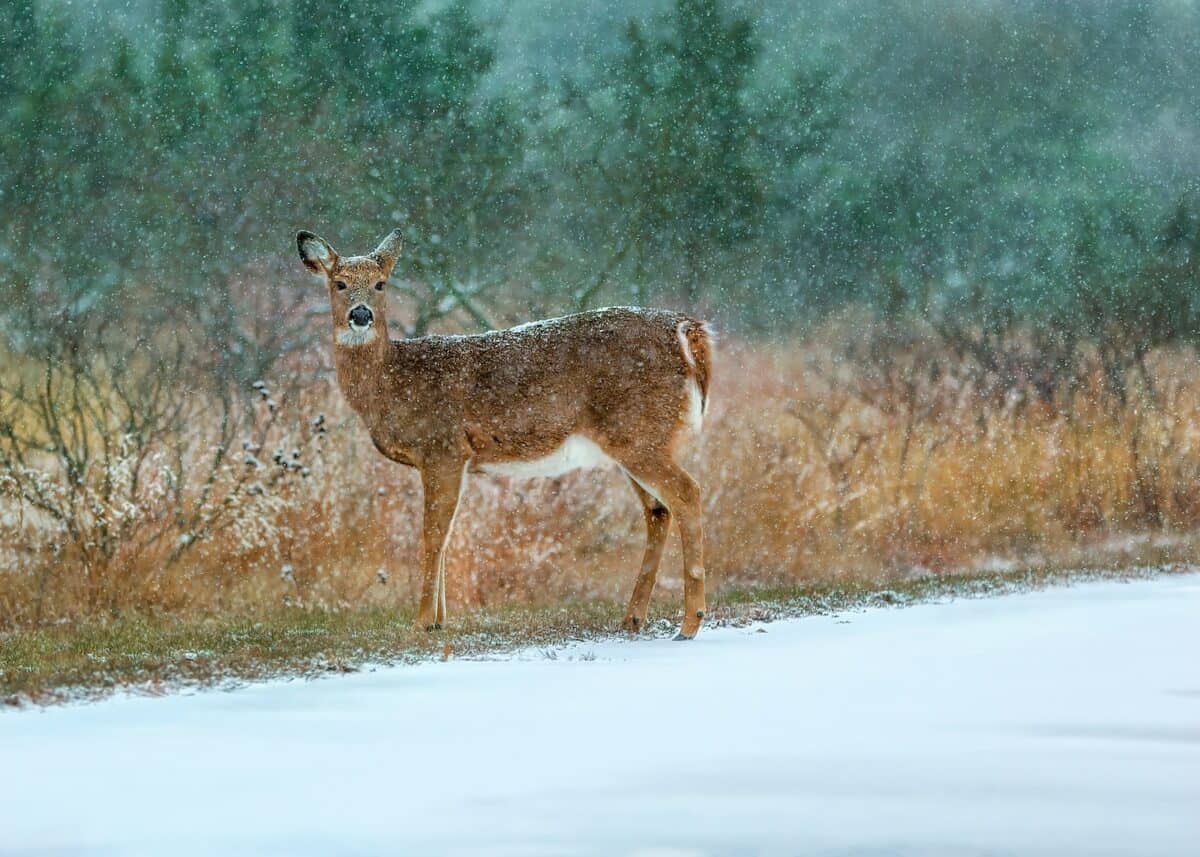
The rise in deer populations has raised concerns about public health. Deer often carry ticks that transmit Lyme disease and other tick-borne illnesses. Managing deer populations in suburban and rural areas is thus not only an ecological challenge but a public health priority as well.
Hunting as a Management Tool
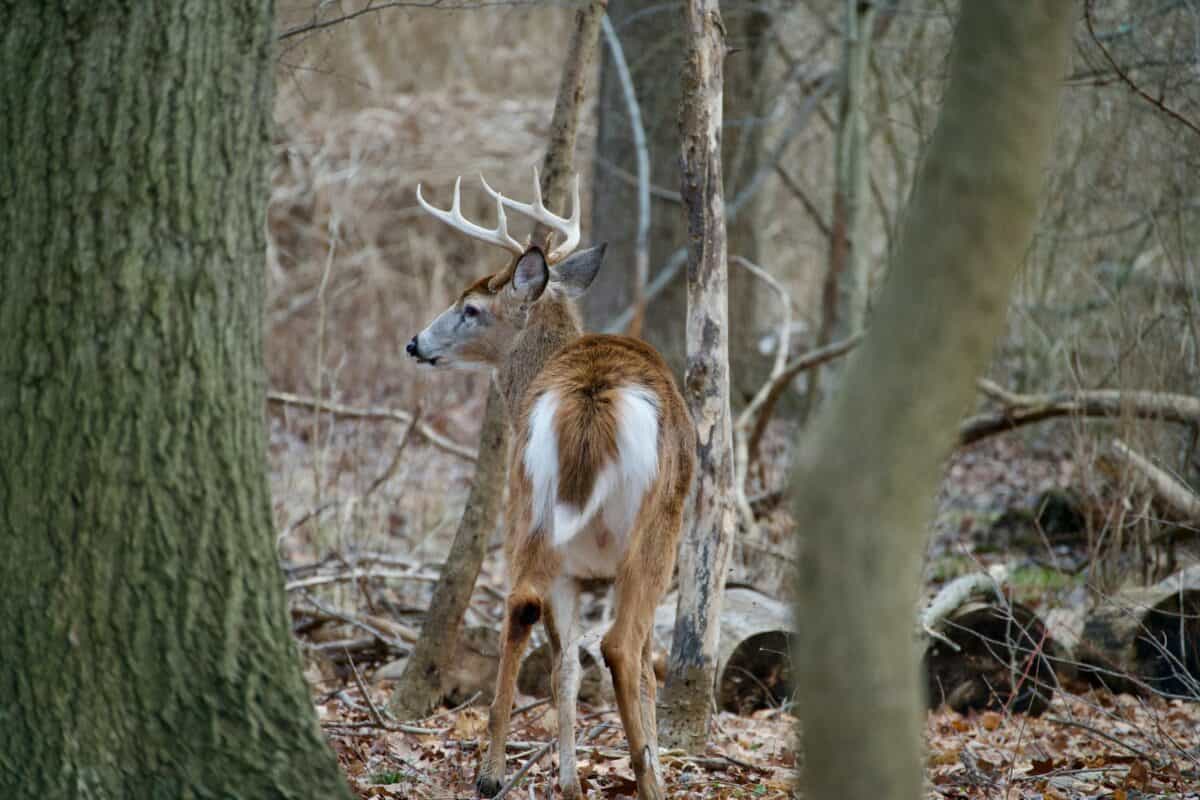
Controlled hunting remains one of the most effective means of managing white-tailed deer populations. State-regulated hunting seasons help balance deer numbers, reduce negative impacts on ecosystems, and provide economic benefits through hunting licenses and tourism.
The Future of White-Tailed Deer in America
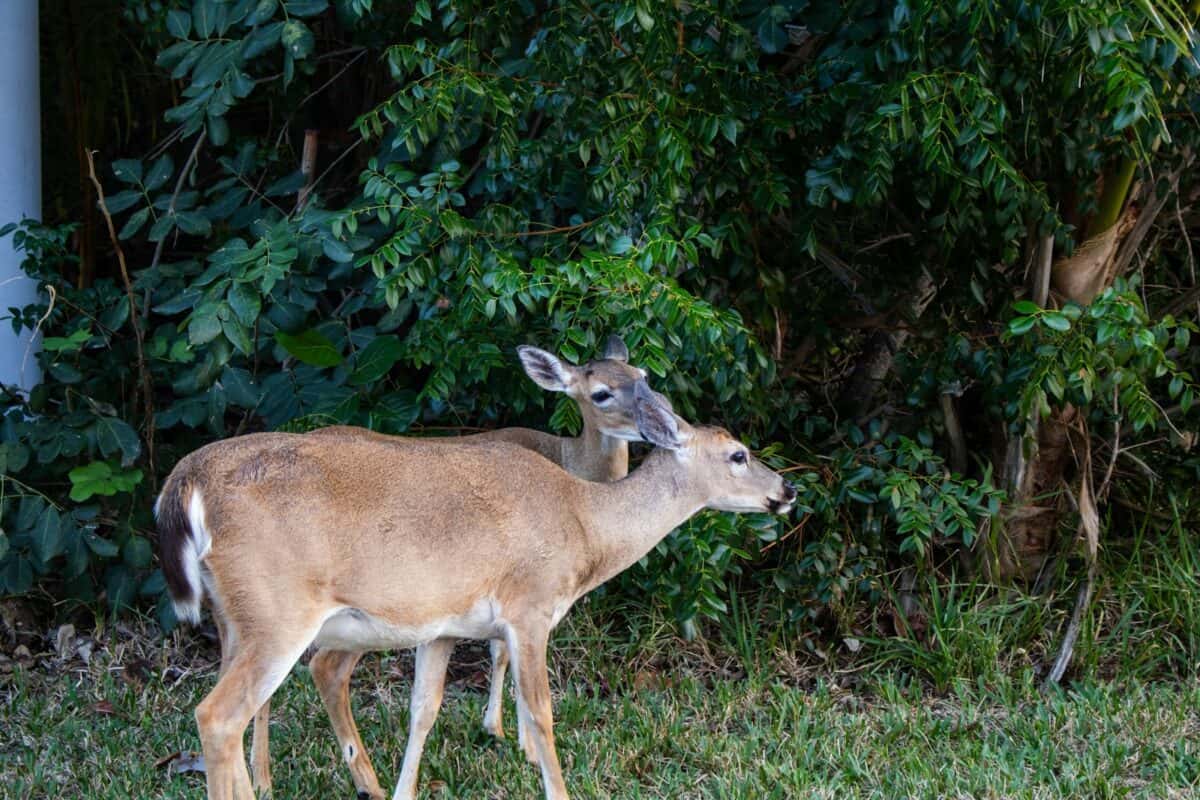
The future for white-tailed deer in America remains robust, although it requires careful management. As urban expansion continues and ecological balances shift, adaptive management practices that consider both the needs of deer and ecological health will be crucial. Balancing human interests with conservation will help ensure that this iconic species continues to thrive.
In conclusion, the white-tailed deer’s journey to becoming America’s most abundant wild mammal is a testament to its adaptability and resilience. While their burgeoning populations pose challenges, they also offer an opportunity for humans to learn how to coexist with wildlife. Through thoughtful management and understanding, white-tailed deer can continue to be a thriving part of America’s natural landscape.
- Marine Mammals Seen Off the Coast of Northern California - August 22, 2025
- The Secret World of Jaguars in the Amazon Rainforest - August 22, 2025
- The Top 12 Places in America Where You Can See Wolves in the Wild - August 22, 2025
